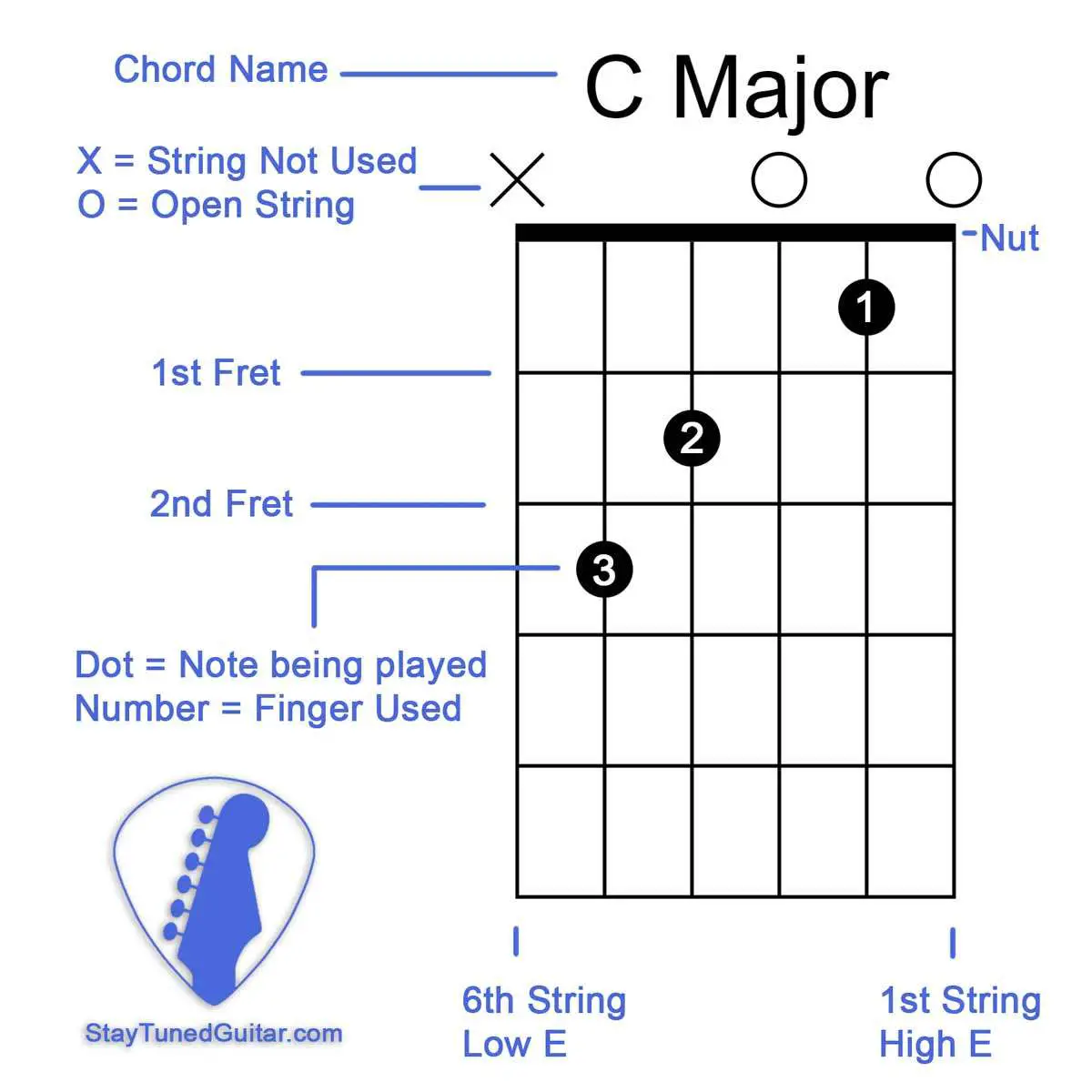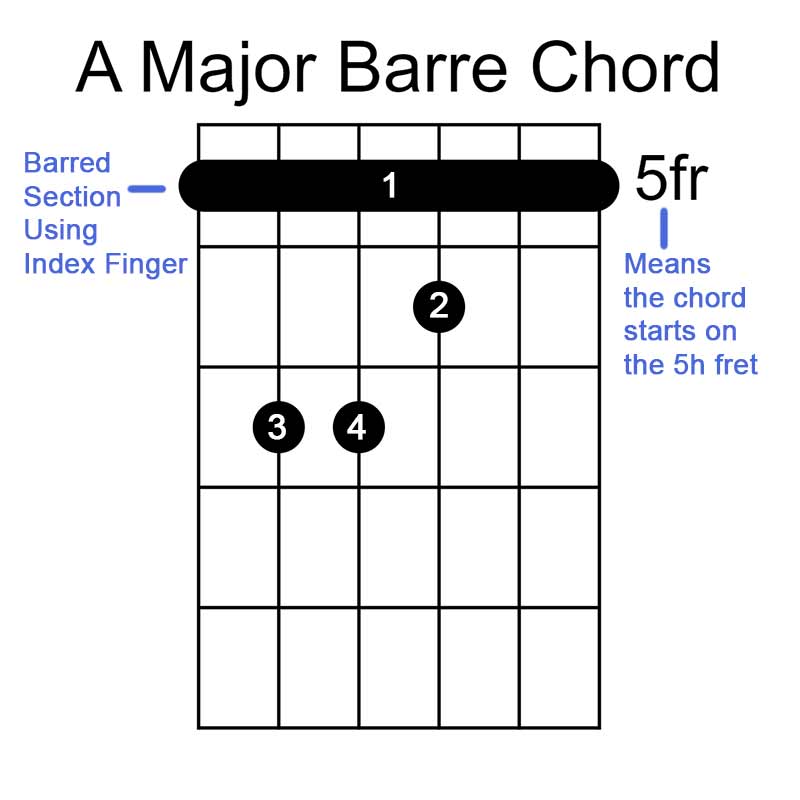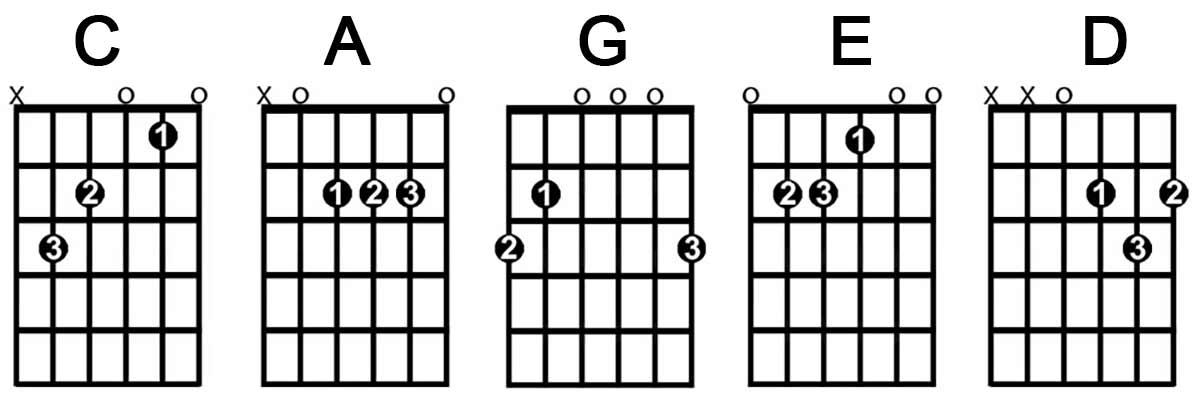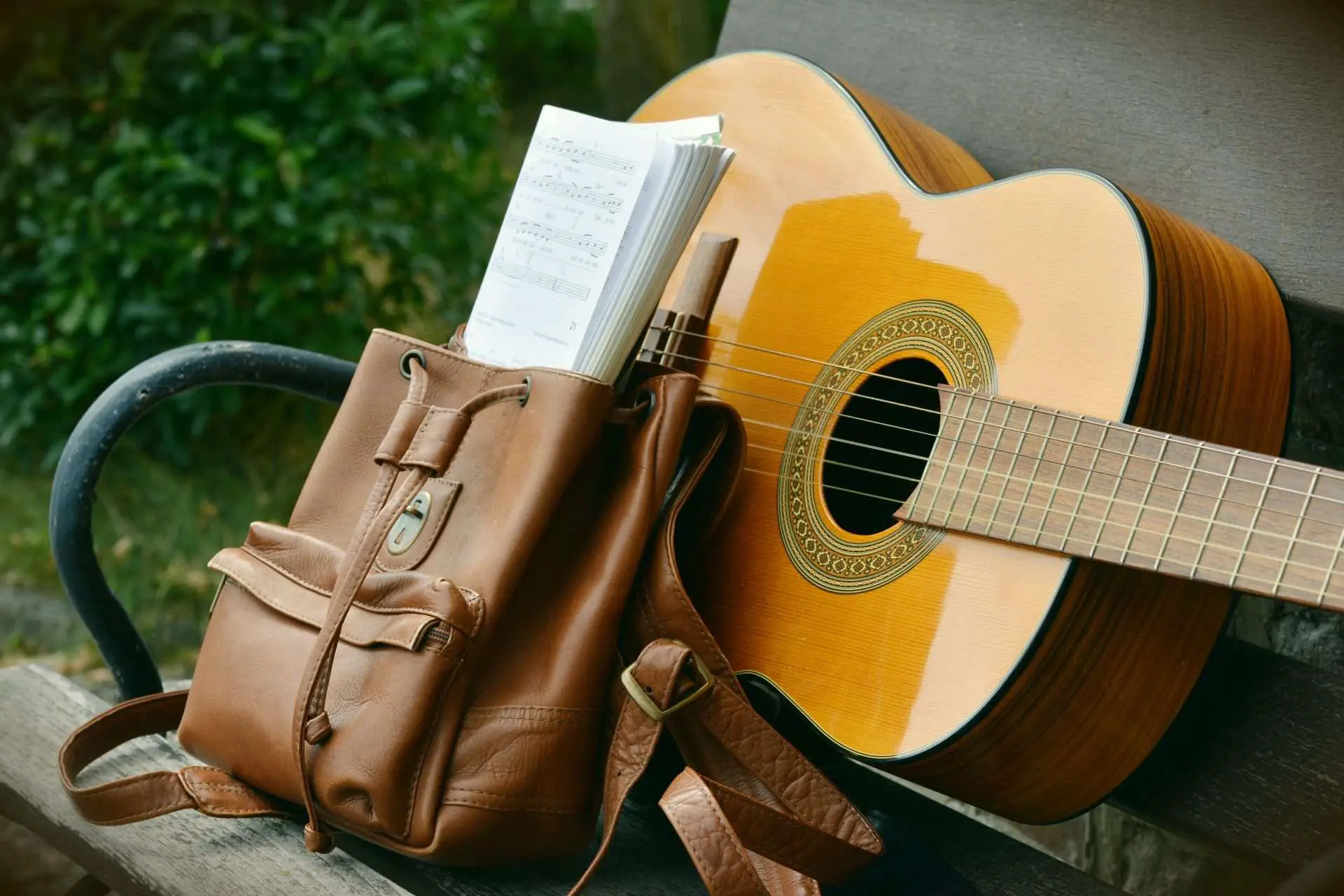Learning how to read guitar chord charts or diagrams is an essential skill for any guitarist, whether you are a beginner or an advanced player.
Chord charts and diagrams provide a visual representation of chords and their finger placements on the guitar, making it easier for you to learn new songs and progressions.
By mastering this skill, you will be able to play a wider range of music and have a better understanding of the fretboard.
Additionally, reading chord charts and diagrams is crucial for collaborating with other musicians, as it enables you to communicate chord progressions and play together seamlessly.

What is a Guitar Chord Chart?
A guitar chord chart is a visual representation of a specific chord on the guitar.
It consists of a grid of vertical and horizontal lines that represent the strings and frets on the guitar.
The dots or numbers on the chart indicate which fingers to place on which strings and frets to create the desired chord.
Guitar chord charts are essential for learning and playing songs, as they provide a simple and clear way to understand chord shapes and finger placements on the guitar. Chord charts are the predominant method of teaching chords. They are used in guitar books, posters, lead sheets, and fake books.
By using chord charts, guitarists can quickly and easily switch between chords and play a variety of songs.

Related: E Major Scale
How to Read Guitar Diagrams
If you want to easily and accurately learn new songs, as well as communicate with other musicians, read on!
Learning to read guitar chord diagrams will provide a solid foundation for more advanced music theory, improvisation skill, and you becoming a more well-rounded musician!
Here’s what a chord diagram looks like:

What are the Letters above the Diagram?
The letters above the chord chart are typically the name of the chord itself.
In the example above, the title is of a C Major chord.
In other cases, the name of the chord can be shortened to something like Cm for C minor or CMaj for the C Major chord.
X & O Symbols
Moving on down, we see Xs & Os which denote if the string will be played or not during the strum.
An X means that the string is not played and O represent open strings that are played without fretting any particular note.
If nothing shown for a certain string, then that means the note is played and the dots will tell you which fret & which finger to use. More on that below…
Horizontal Lines
The horizontal lines represent frets on the guitar neck & are also called fret bars.
Typically there are only 4 or 5 shown at a time and if they include a thick black line which represents the guitar’s nut.
Vertical lines
The vertical lines represent the six strings, with the sixth string (low e string) being on the far left & the thinnest string (high e string) being on the far right.
Dots
The dots on the guitar chord diagrams represent which notes you will press down and which strings to play them on.
Finger Numberings
The numbers on each dot represent which finger is recommended to use to press the string down.
A number 1 is for the index finger, number 2 for the middle finger, 3 for the ring finger, and a number 4 for the pinky finger occasionally.
The Numbers Are Only a Suggestion
Also be aware that the numbers are more of a guideline as to which fingers to use.
However if you are having difficulty or haven’t yet built up enough dexterity, they can be substituted in certain cases.
Barre Chord Diagrams
A barre chord is a type of guitar chord that involves using one finger to press down multiple strings across the fretboard.
Below you can see how finger 1 (index finger) is used to “barre” the fifth fret.

Related: How To Bar Guitar Chords
Notes Above the Fifth Fret
Finally, some chords contain notes higher on the guitar fretboard.
In this case, you might not see the top horizontal line that represents the guitar nut.
Instead, you will see an “fr” next to the left or right-most vertical line.
This number will denote what fret the chord starts on and in the example above, 5fr means fifth fret.
Other Essential Guitar Chords

Even More Guitar Chords
Here are some individual chords if you want to learn some new chords in-depth:
C Sharp, F Sharp, B minor, B Flat, A Minor 7, E Minor 7
Frequently Asked Questions

How do you explain what a chord is?
A guitar chord is a group of three or more notes played simultaneously on the guitar.
These notes are typically derived from the major or minor scales and are arranged in a specific pattern or shape on the fretboard.
Chords are the foundation of most songs played on the guitar and provide the harmonic structure for the melody and lyrics.
How do you read a strumming pattern?
A strumming pattern is typically notated using a U or D underneath the designated note, alternatively Up & Down arrows can be used instead.
What are the easiest guitar chords to learn?
Some of the easiest guitar chords for beginners include:
G major (played with fingers 2, 3, and 4 on the 3rd fret of the 6th, 2nd, and 1st strings, respectively)
C major (played with fingers 1, 2, and 3 on the 1st fret of the 2nd, 4th, and 5th strings, respectively)
D major (played with fingers 1, 2, and 3 on the 2nd fret of the 3rd, 1st, and 2nd strings, respectively)
E minor (played with fingers 2 and 3 on the 2nd fret of the 5th and 4th strings, respectively)
A major (played with fingers 1, 2, and 3 on the 2nd fret of the 4th, 3rd, and 2nd strings, respectively)
These chords are relatively easy to play and are used in many popular songs across various genres.
It’s essential to practice these chords slowly and accurately, using proper finger placement and posture, to develop muscle memory and improve your guitar playing skills.
Learn To Play The C Maj 7 Guitar Chord
What does the 7 after a chord mean?
In music theory, the number 7 after a chord usually indicates the addition of a seventh note to the chord.
This creates what is known as a seventh chord, which has a more complex and rich sound compared to a basic triad (three-note chord).
For example, a G7 chord is a G major chord (G-B-D) with the addition of the seventh note in the G major scale, which is F. So the G7 chord is composed of the notes G-B-D-F.
Seventh chords are commonly used in jazz and blues music, but they can also be found in other genres.
They can be played in different inversions and voicings on the guitar, and are essential for creating more advanced chord progressions and harmonies.
Related: Learn the F Maj 7 chord
Why is a dominant 7th called dominant?
A dominant seventh chord is called dominant because it is built on the fifth degree of the major scale, which is also known as the dominant note.
In the key of C major, for example, the dominant note is G, and a G dominant seventh chord would be built using the notes G-B-D-F.
The dominant seventh chord has a strong sense of resolution to the tonic chord, which is the chord built on the first degree of the scale.
This is because the dominant chord contains the leading tone (the seventh note of the scale), which creates tension and a sense of “pull” towards the tonic.
In Western music, dominant seventh chords are commonly used in a variety of musical contexts, including blues, rock, jazz, and classical music.
They are known for their distinctive sound and ability to add complexity and color to chord progressions.
What are the 4 main types of chords?
The four main types of chords are:
Major Chords
Constructed using the first, third, and fifth notes of the major scale, resulting in a bright and happy sound.
Minor Chords
These are made using the first, flattened third, and fifth notes of the major scale, resulting in a sad or melancholic sound.
Augmented Chords
These are constructed using the first, third, and sharpened fifth notes of the major scale, resulting in a tense or unstable sound.
Diminished Chords
Made using the first, flattened third, and flattened fifth notes of the major scale, resulting in a dark or ominous sound.
How do you memorize guitar strings?
The names of the guitar strings are EADGBE starting with the thickest string.
One way to memorize this is by using an acronym or mnemonic such as “Eddie Ate Dynamite, Good Bye Eddie” where each word represents the name of a string in standard tuning (E, A, D, G, B, E).
How do you memorize guitar frets?
Memorizing guitar frets takes time and practice, but there are several methods that can help:
Use visual markers: Many guitar players use dots or other visual markers on the fretboard to help them remember the location of specific frets. These markers are often found on the third, fifth, seventh, ninth, and twelfth frets.
Use mnemonics or acronyms: Just like with the guitar strings, you can use a mnemonic or acronym to remember the frets. For example, “Elephants And Donkeys Grow Big Ears” can help you remember the open string and the first 12 frets on the guitar.
Practice scales and chords: By practicing & learning scales and chords regularly, you will naturally become more familiar with the locations of different frets.
Use a fretboard diagram: You can use a fretboard diagram or a guitar app to help you visualize the frets and practice identifying their locations.
Repeat and drill: Repeating and drilling the fret positions is essential for memorization. You can start by practicing a few frets at a time and gradually increasing the number of frets as you become more comfortable.
Overall, the key to memorizing guitar frets is practice and repetition. With consistent practice, you will start to develop muscle memory and become more familiar with the fretboard.

Final Words
To summarize a guitar chord chart, start by identifying the chord name at the top of the chart.
Then, look at the vertical lines that represent the guitar strings and the horizontal lines that represent the frets.
The black dots or circles on the chart indicate where to place your fingers to play the chord, while the “x” symbol indicates that you should not play that particular string.
The numbers on the circles represent the fingerings, with 1 being the index finger, 2 being the middle finger, 3 being the ring finger, and 4 being the pinky.
Learning guitar chords is a transformative experience that offers numerous benefits.
It allows you to express yourself creatively, connect with others through music, and develop a valuable skill that can bring joy and fulfillment to your life.
With dedication and practice, mastering guitar chords can open doors to new opportunities and lead to a lifetime of musical enjoyment.
So don’t be afraid to pick up that guitar and start learning – the rewards are endless!
